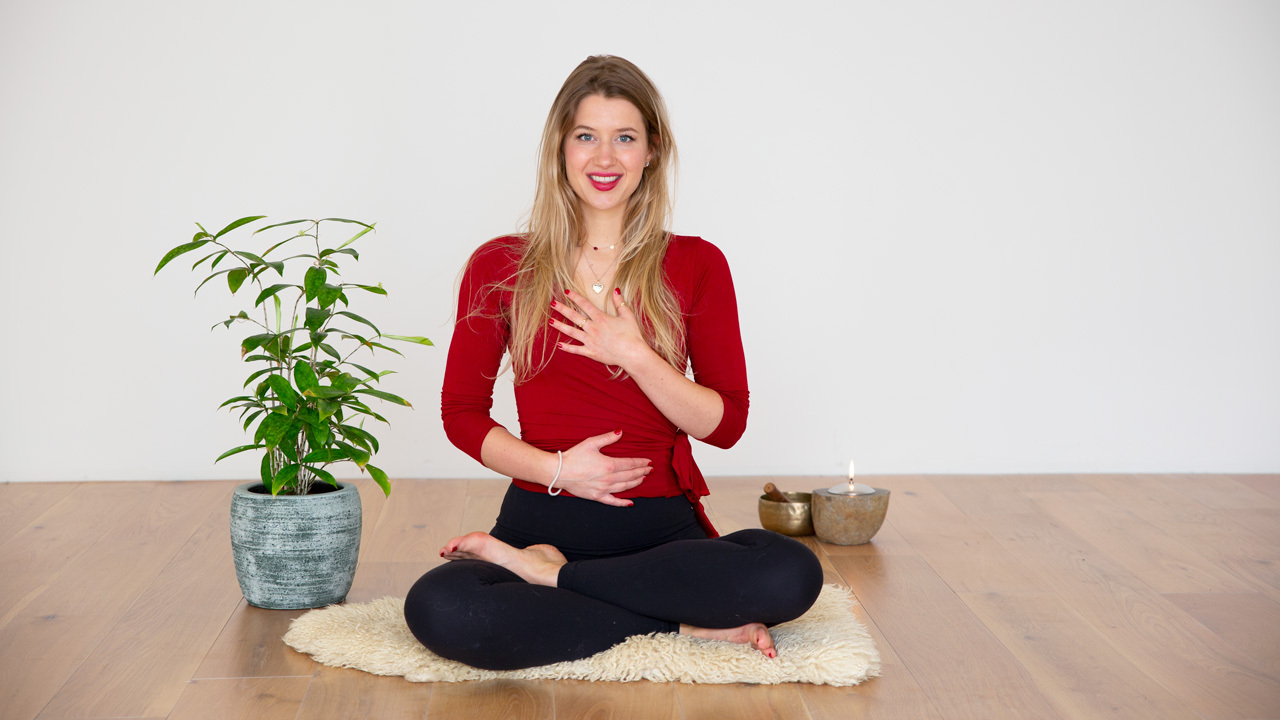Yoga Chitta Vritti Nirodha: Yoga ceases the fluctuations of the mind.
In the Yoga Sutras, Sage Patanjali has written extensively about the turbulences of the mind and how the step-by-step process of yoga can still them. It is only in the silencing of these fluctuations that we can actually recognize, know and rest in our true nature.
Before we began to practise yoga the “woulds”, “shoulds” and “coulds” of the mind may have dictated many of our patterns, perceptions and reactions. Then, gradually, with more yoga, more conscious breath, more body awareness and more Savanasas, the thoughts, words and action-steps we hear, say and take are much more intuitive and more altruistic in nature.
Why is this? Why are we calmer, kinder and more peaceful, making the word a better place to live and play in, after we practise yoga? Why is it that while once upon a time the brain seemed to run the show, now a more heart-centred, love-based and love-driven existence begins to emerge?
Why is it that while once upon a time the brain seemed to run the show, now a more heart-centred, love-based and love-driven existence begins to emerge?
The heart develops before the brain
Research shows that while growing in the womb our human heart always grows/develops at least 1-3 days before the brain and nervous system:
- Day 18 – following fertilisation, the heart begins to form
- Day 19-21 – the nervous system begins to form (the foundation of the brain, spinal cord and central nervous system)
- Day 22 – the heart begins to pump
- Day 26 – forebrain develops
- Day 28 – the spinal cord develops.
- Fetal heart is functionally complete at the 7th week, the 18th week the nervous system is complete.
In every instance the heart makes an appearance before the brain.
Between each and every one of the 31-33 vertebrae (bones of the spine) is a pair of sensory and motor nerves (31 pairs). Sensory nerves send information about both our external environment and our internal environment to the brain. Motor nerves take the reactions – the action-step messages from the brain, back to these external and internal environments. Essentially the brain is ready and waiting for information; it is in a perpetual and natural state of reception. Studies show that one of the main areas the brain is waiting to receive messages from is the heart.
Essentially the brain is ready and waiting for information; it is in a perpetual and natural state of reception. Studies show that one of the main areas the brain is waiting to receive messages from is the heart.
In addition to the 31 pairs of spinal nerves there are 12 pairs of cranial nerves (brain nerves). The tenth cranial verve is the vagus nerve, a pair of nerves that interfaces with the parasympathetic system (rest-and-digest portion of the autonomic nervous system; heart and digestive system). This is the pathway through which the brain receives the messages, not only from the heart and the digestive system, but other organs as well.
It is the vagus nerve that transmits the data to the brain about what is going on in our internal environment.
The heart sends more messages to the brain
Researchers at the HeartMath Institute in Boulder Creek, California have found that there are more signals being sent from the heart to the brain than there are from the brain to the heart. Moreover, their theory of psychophysiological coherence is such that positive emotions cultivated through the practice of joy, gratitude and loving-kindness actually affect tremendous whole body shift towards harmony (systems of the body reaching and attaining optimal states of homeostasis).
First measured in the biorhythms of the heart and then in output of other systems of the body, when we cultivate feelings of love, joy and peace (as we do when we practise yoga) these signals actually have a longer-lasting effect on both body and mind than the benefits of the relaxation response can alone. When the heart is happy it seems as though the brain tells the other systems in the body to be happy as well (entrainment).
Psychophysiological coherence is the state of optimal function. Research shows that when we activate this state, our physiological systems function more efficiently, we experience greater emotional stability, and we also have increased mental clarity and improved cognitive function. Simply stated, our body and brain work better, we feel better, and we perform better.
~ HeartMath Institute, www.heartmath.org
The intelligence of the heart brain connection
It appears, within the new science of neurocardiology, that the heart has its own intrinsic and sophisticated nervous system (over 40,000 neurons). The heart has what many ancient traditions have known all along – intelligence! It seems as though the heart can receive information from the external and internal environment even before the brain (intuition).
Researchers at the HeartMath Institute have found the heart to be in constant communication with the brain and the body in a myriad of ways: neurologically through the Autonomic Nervous System, biochemically through hormones (endocrine system), and energetically through its own electromagnetic field and the interaction with other electromagnetic fields. Inside and out the heart can intuit and tell the brain what is going on and what is needed and also intuit and respond on its own.
The energetic heart is coupled to a deeper part of ourselves. When we are heart-centered and coherent, we have a tighter coupling and closer alignment with our deeper source of intuitive intelligence. In a heart coherent state there is an increased flow of intuitive information that is communicated via the emotional energetic system to the brain systems resulting in a stronger connection with our inner voice and allowing us access to the largely untapped potential for bringing our mental and emotional faculties into greater balance and self-directed control. Practicing shifting to a more coherent state increases intuitive awareness and leads to shifts in perception and world-views from which better informed and more intelligent decisions can be made.
~ HeartMath Institute, www.heartmath.org
Modern day yoga: Cultivating joy, peace and love
In the Western world we have learned the set sequences of our yoga forefathers and have infused them with our passionate and enthusiastic way of thinking, feeling and healing.
Many alignment based flow classes I teach are infused with themes and feeling-tones of tremendous superhero love power – classes that are spirit-filled, joy-inspiring and love-in-action calling. More and more the classes I teach and take are no longer about calling out breath and alignment cues but also asking of the students to fill every cell of their body with positive vibrations. In this way we are helping the heart and the brain be in their optimal state of coherence. In this way we are making the world a better place…one body-heart-mind at a time.
Related
Read What is polyvagal theory and how can we apply it to meditation?
Learn more about the general principles of energy in Rose’s program:


